In a world of bewinged Honda Civic Type Rs and ballistic AMG-badged hyper hatches, performance so large has never before come in packages so small. Hot hatches weren’t always this wild though, and if there was a catalyst for this modern small arms race, it just might be the MkII Ford Focus RS.
Arriving locally in 2010, by then backed by 40 years of racing pedigree, a new RS-badged Ford was big news for enthusiasts. However, no one expected the furore that the fast Focus would cause.
It wasn’t just the 224kW (an international headline-defining 300hp) and 440Nm outputs that stunned. With its flared haunches and vents aplenty, it had the kerbside clout to match junior supercars, as well as the performance credentials to boot.
Initial fears of a lack of all-wheel drive and a carry-over engine from the ST were quickly laid to rest.
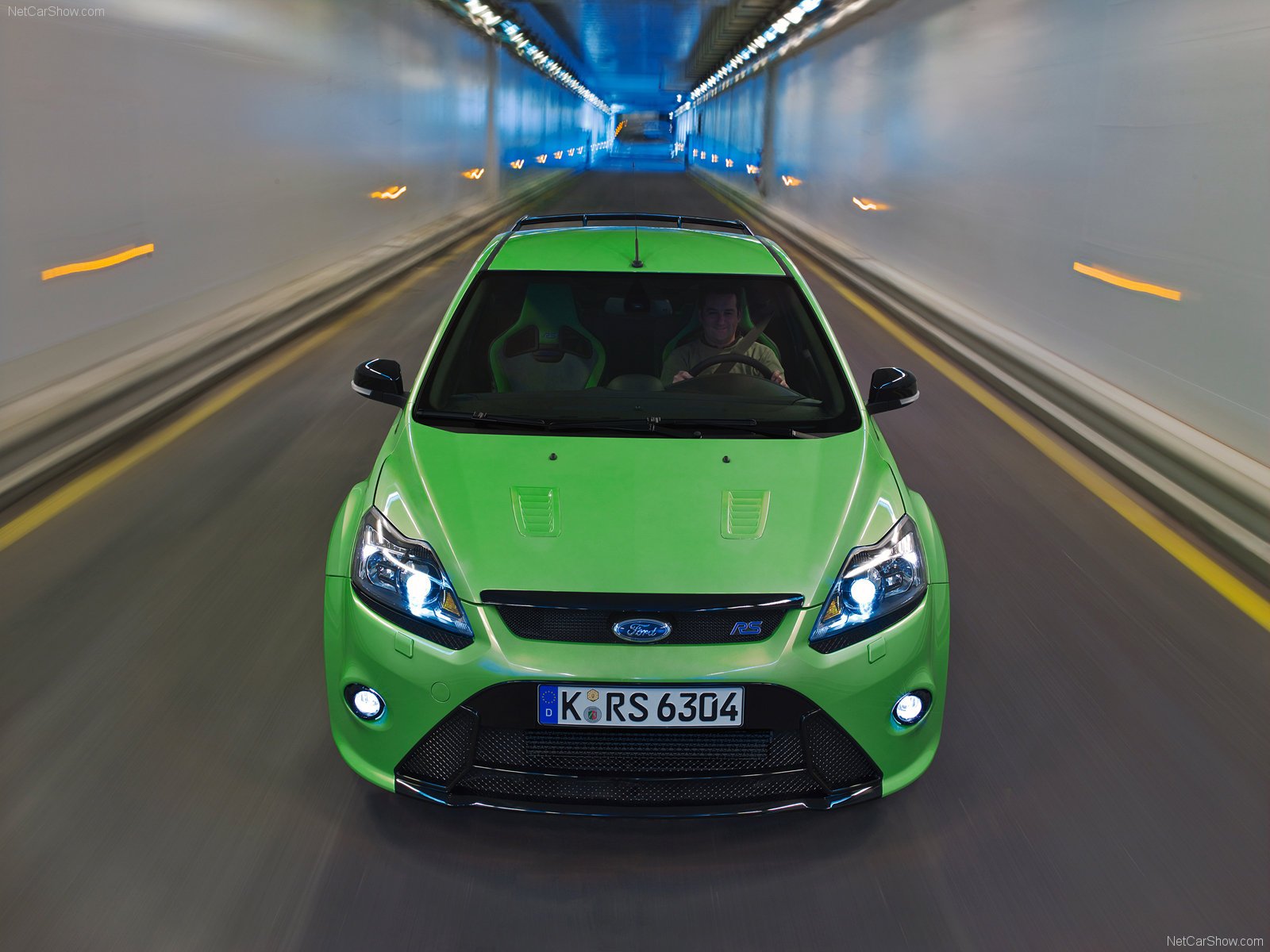
The Volvo-sourced 2.5-litre five-cylinder Duratec engine, indeed, was shared with the ST but gained a forged camshaft, pistons and conrods, a larger water-to-air intercooler, free-flowing intake and exhaust, a larger BorgWarner turbo and a doubling of boost pressure. Peak power was delivered at a heady 6500rpm while the headline torque figure was on hand from as low as 2300rpm.
Initial impressions for many were filled with relief, as the original Mk1 Focus RS of 2002 (which didn’t come to Oz) had a wildly unruly front end that some loved and many hated. The boffins at Rallye Sport had clearly watched and learned in the interim, bestowing the Mk2 RS with a more progressive Quaife torque-sensing differential and Ford’s patented ‘Revoknuckle’ front end with lower scrub radius and kingpin offset to quell torque steer.
The combined effect was a riotous machine that was as poised as it was theatrical, and a vehicle that redefined many peoples’ perceptions of what a front-drive performance car could do.
The prospect of a $60k hot hatch was harder to reconcile a decade ago, and its lack of refinement made it too focused for some. Perhaps it was ahead of its time; it emerged as an anomaly, but feels charmingly analogue in the context of the modern hot hatch.
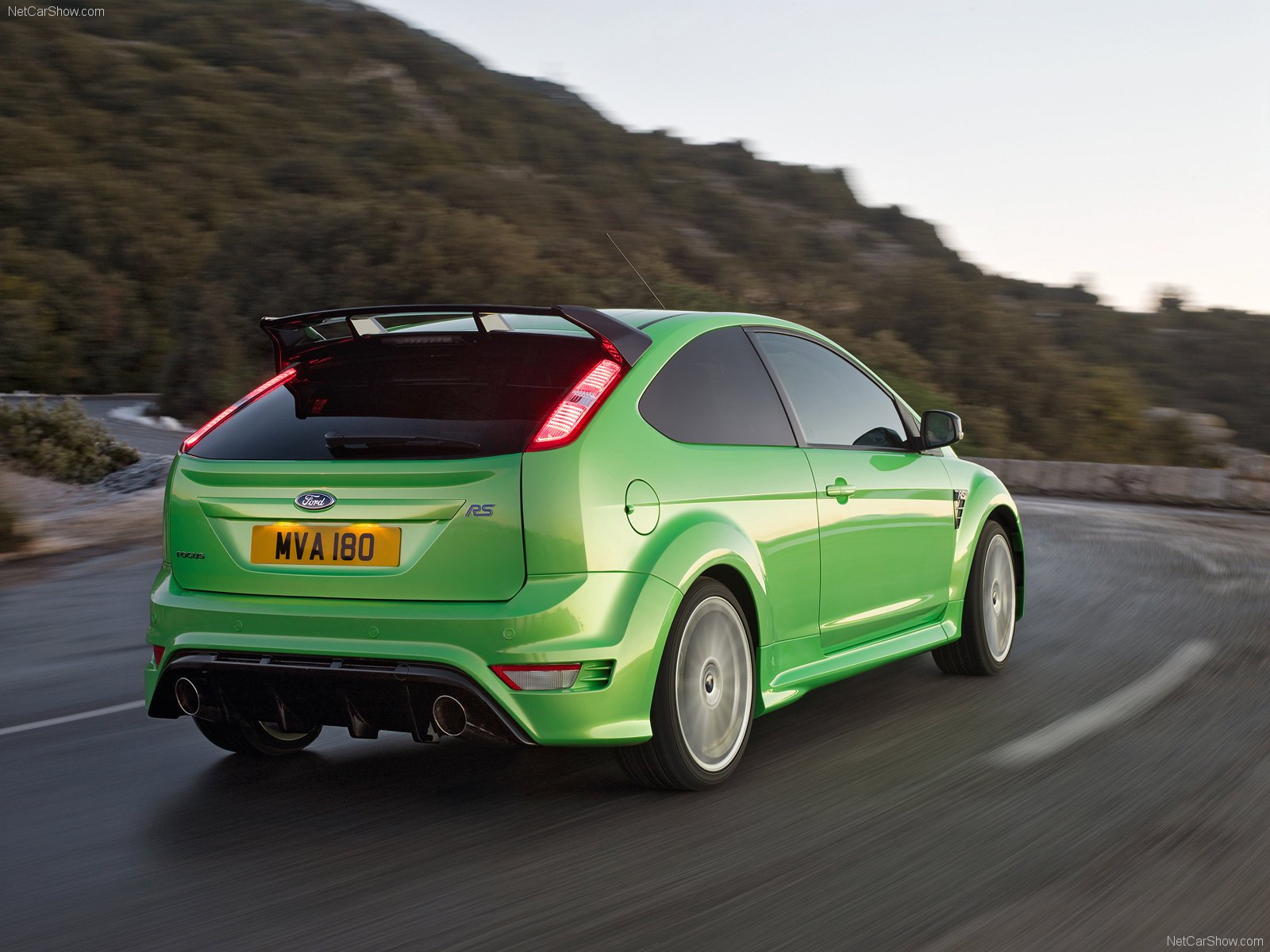
Ford Focus RS essential checks
With just 315 examples delivered new to Australia in 2010, limited numbers have prevented residual values from depreciating to the point of true performance bargain status. A shame for buyers.
Today, the market begins at about $40k for the most-used example with about 150,000kms showing. One vehicle advertised at almost $70k tops the market, in near-new condition with just 2500kms covered, and is finished in the desirable Ultimate Green hero colour.
Median asking price and mileage for listed examples at the time of writing is $51k with 75000kms travelled.
They should also prove a reasonably safe place to park your money, as RS-fettled Fords boast a collectible cachet stretching back to the MkI Escorts of 1970. Upper end MkII values have already exceeded those of the lower end of the latest, and far more plentiful, MkIII Focus RS market.
Body & Chassis
Usual things like inspecting for prior accident damage and corrosion are paramount for performance cars such as this.
Superficial corrosion can occur, most often afflicting the top of the rear wheel arches due to scrubbing wheels, or the front end due to stone chips.
The Ultimate Green hero colour was notoriously difficult for Ford to paint match, with inconsistent finishes reported from the factory. In that case, slight variations between panels may not necessarily mean prior accident damage.
Engine & Transmission
The Duratec five-cylinder is a durable unit, although factory service intervals are rather long, calling for an oil change every 20,000kms. Specialists encourage owners to perform a service annually – so check for documentation, records and receipts of prior works.
In rare early cases, the addictive pops and bangs of the RS’ exhaust caused the factory plastic plenum to explode. Ford carried out a remap under recall, and many owners retrofit cast alloy replacements.
Many cars will be soon due for their timing belt replacement (200,000kms or 10 years), so factor that in to cost of purchase. Excessive blue or grey smoke, burning of oil, or late/lack of boost pressure may indicate a worn or failing turbocharger. Lack of maintenance leading to oil starvation, or engine modifications, can accelerate turbo wear.
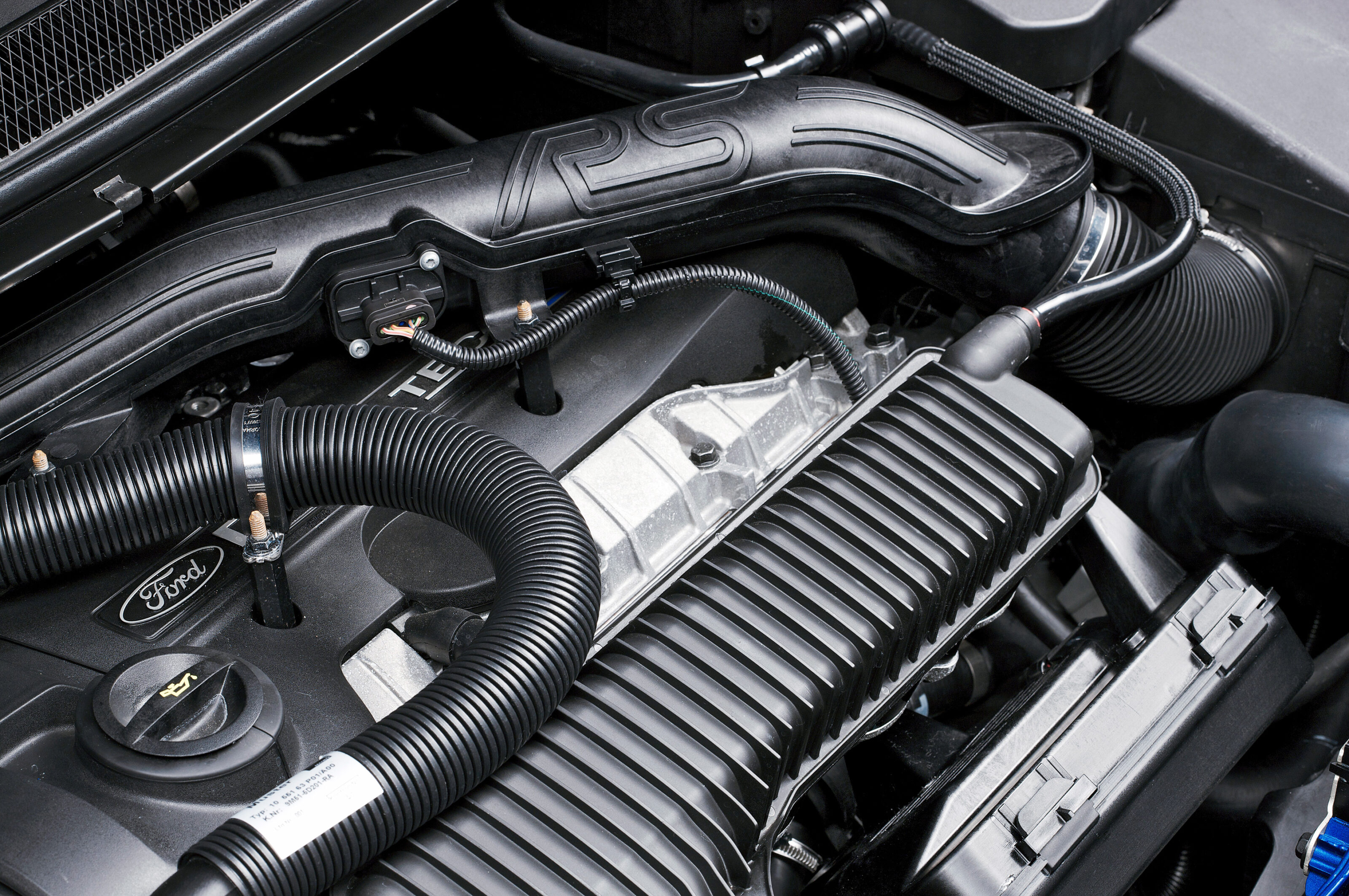
Suspension & Brakes
Any audible knocking from the suspension is most likely the front lower control arm bushings. Also check life left in the tyres and brakes, factoring in any necessary replacements into your pricing negotiations. The RS’s ESP system often saw the rear brakes wearing faster than the fronts.
Interior & Electrics
One of the criticisms of the RS when new was its interior which, aside from the slick Recaro sports seats and splashes of carbon fibre, did little to disguise its pedestrian Focus origins. The upside to that is that most materials around the cabin are rather hard-wearing. Seat bolsters within high-mileage cars may be displaying creasing and wear, however. Look for warning lights and test all functions.
Elsewhere, rattles can develop frequently within the doorcards or from column-mounted stalks.
There isn’t a heap of tech within the old Focus, offering aspects of both modern and analogue motoring, but you should still test every button and function. Look for dash warning lights on startup and when running.
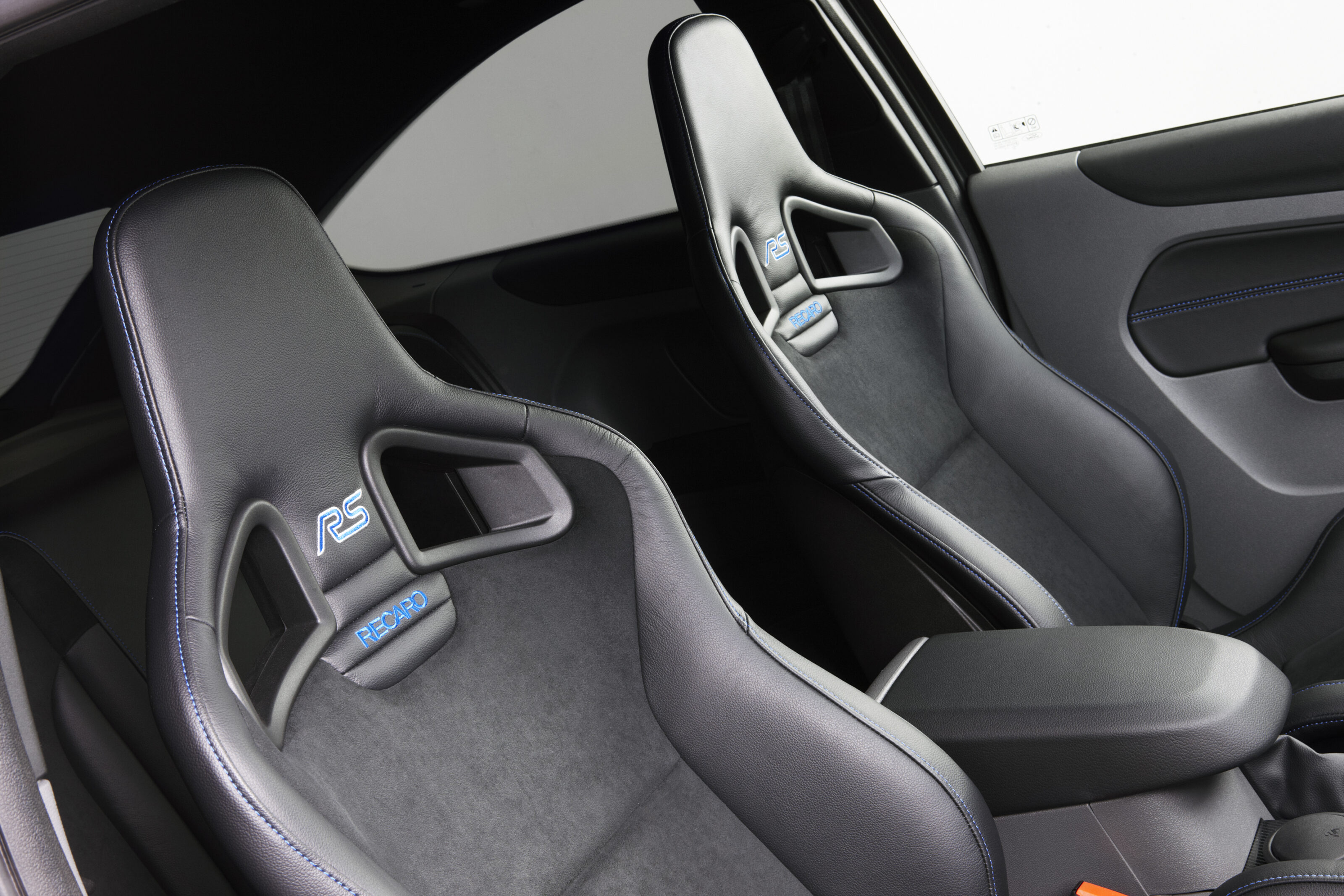
Three other options you may consider:
1. The obvious: Renault Megane R.S. 250 Cup
This was the car that upset the Focus RS’ hopes at Wheels Magazine’s 2010 COTY. The fast Ford was rawer with higher heights, but the Frenchie was more polished and versatile. They’re also half the price right now. Yikes.
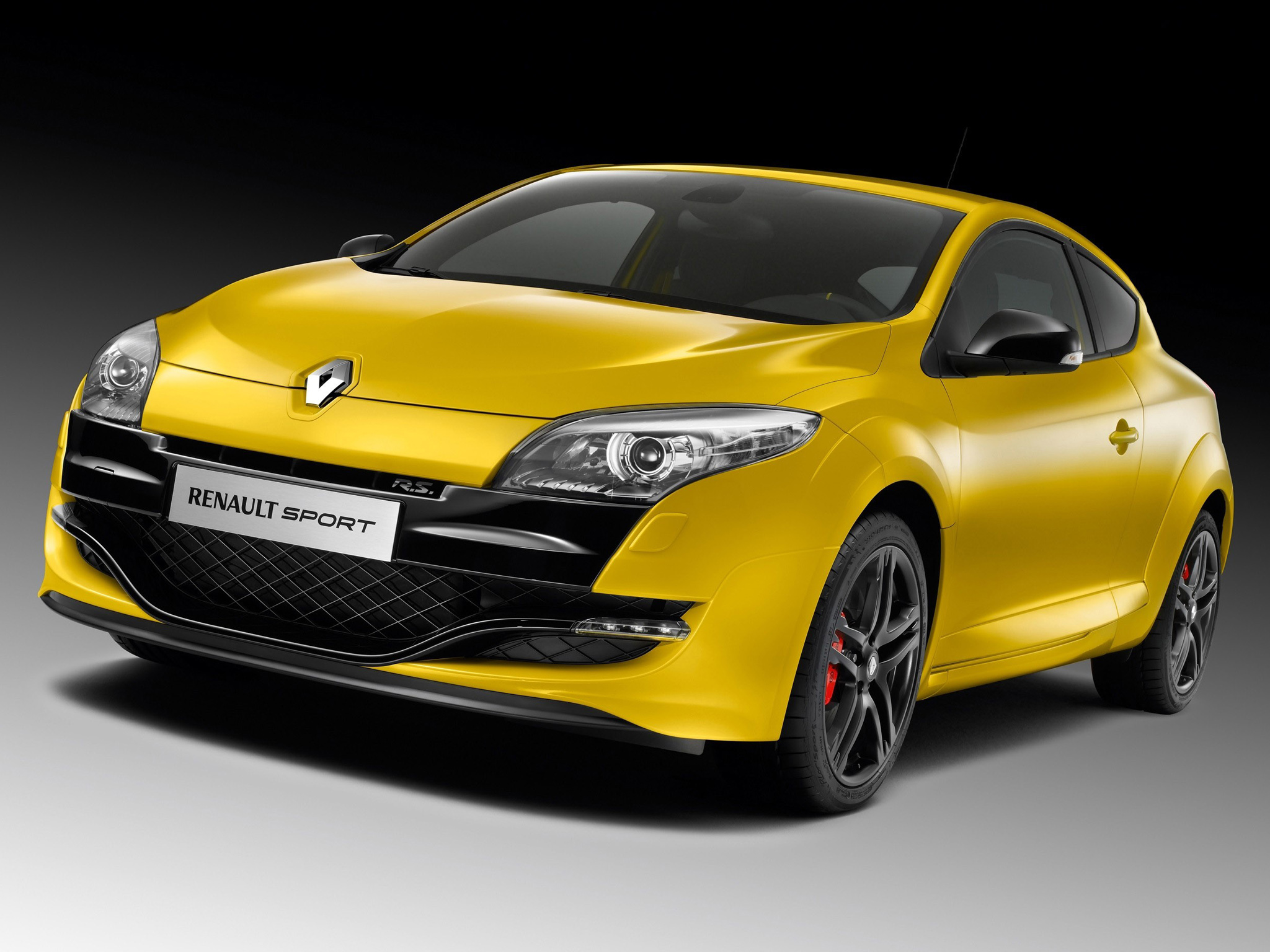
2. The unexpected: Honda Civic FK8 Type R
Say you’ve got about $50k and want the least-used used-car, take a look at the recently departed FK8 Honda Civic Type R. It’s modern hot hatch royalty, and one of the best front-drivers you’ll ever experience.
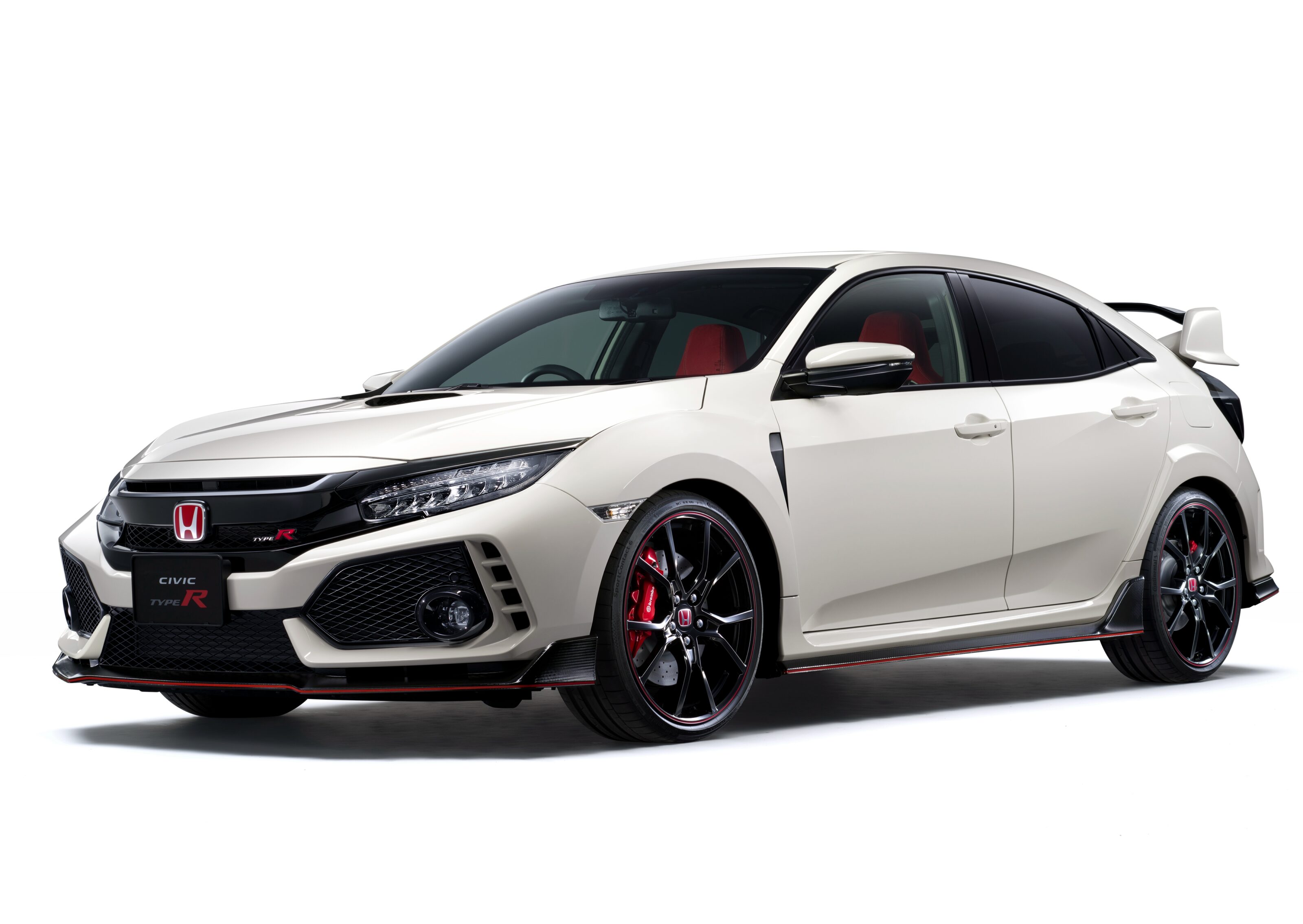
3. The oddball: Mitsubishi Lancer Evo X
The last of the rally-bred Evolutions. The ‘10’ hasn’t been as celebrated as its predecessors, but that is beginning to change. It’s a brutally capable point-and-shoot performance car. Values are already on the move.
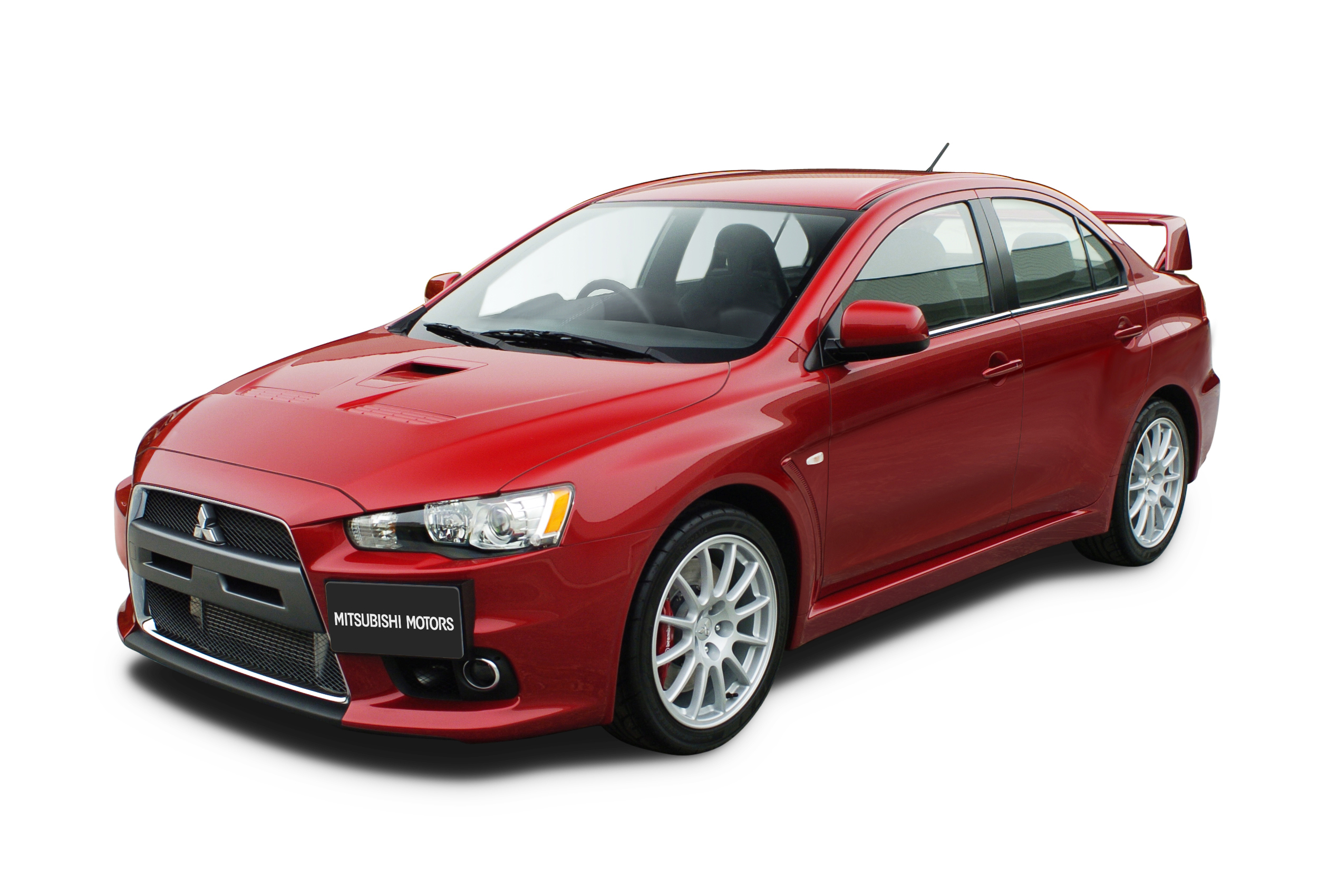
MkII Ford Focus RS specifications
| Body | 5-door, 5-seat hatchback |
| Engine | 2522cc inline-5, DOHC, 20v, turbo |
| Power | 224kW @ 6500rpm |
| Torque | 440Nm @ 2500rpm |
| Transmission | 6-speed manual |
| Weight | 1468kg |
| Price | $40,000-$70,000 |
We recommend
-
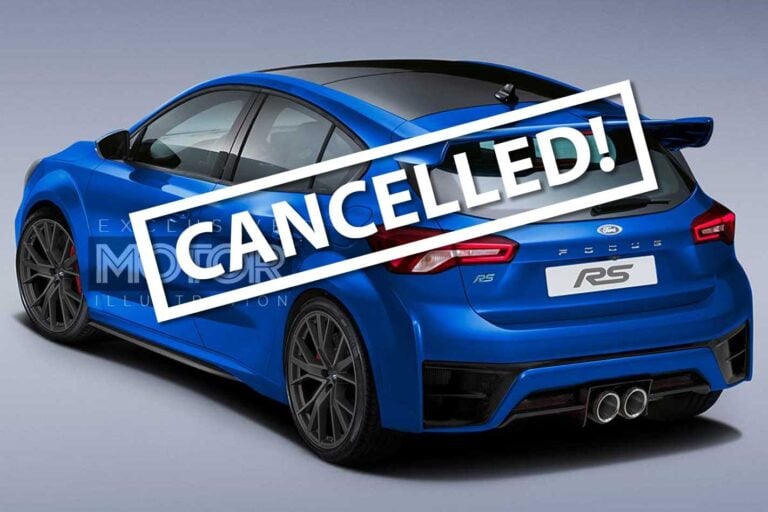 News
News2020 Ford Focus RS is dead
Ford cancels plans for 300kW hybrid hot hatch as emission laws tighten and costs soar
-
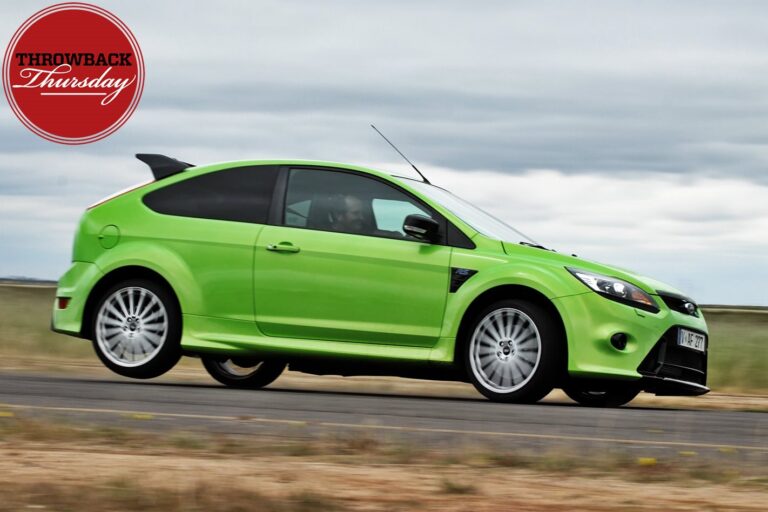 Classic Wheels
Classic WheelsArchive: Ford Focus RS: Car of the Year 2010
Our review of the all-new Ford Focus RS lands this afternoon, so until then, why not refresh yourself on the last Focus to wear the RS badge
-
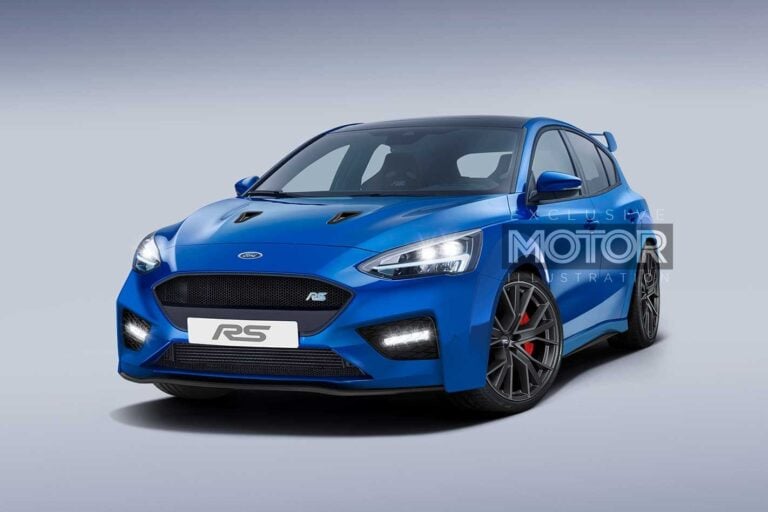 Features
Features2020 Ford Focus RS preview
Watch out A45, Ford is readying its next 300kW hybrid hyper hatch





